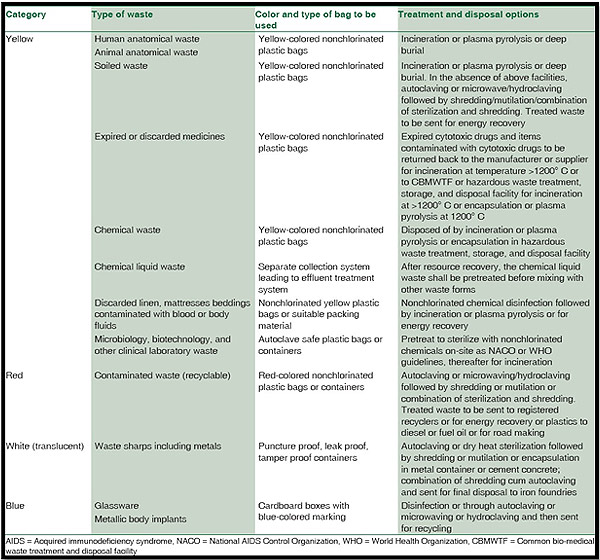The Single Strategy To Use For Reclaim Waste
The Single Strategy To Use For Reclaim Waste
Blog Article
The 4-Minute Rule for Reclaim Waste
Table of ContentsFacts About Reclaim Waste RevealedNot known Factual Statements About Reclaim Waste The Best Guide To Reclaim WasteThe Only Guide for Reclaim WasteGet This Report on Reclaim Waste
Residential sewage waste refers to the waste and items from a residential septic tank. The correct management and disposal of residential sewage waste require fluid waste to be moved to a sewer treatment plant where the proper techniques and tools are used to cleanse and dispose of waste.
Commercial waste usually consists of prospective risks, such as combustible materials or a combination of fluid and strong waste products, and requires an advanced and in-depth disposal procedure. The disposal of business waste usually entails the purification of waste prior to transportation to ensure risk-free and correct disposal. Industrial waste is produced from by-products and overflow of industrial procedures and production.
This type of waste can not use the same sewer monitoring transport or procedures as septic or industrial fluids. The commercial waste monitoring procedure calls for the inspection and screening of liquid waste prior to it undergoes the disposal procedure (liquid waste removal melbourne). Overflow waste is the fluid waste that comes from overflow and excess stormwater in very booming locations or cities
Drainage waste can cause contamination and flooding if not managed effectively. Ensuring appropriate waste monitoring can avoid calamities and minimize ecological damage.
Some Known Factual Statements About Reclaim Waste
Contact PROS Services today to learn about our waste administration and disposal solutions and the proper methods to take care of the fluid waste you create.
(https://www.tripadvisor.in/Profile/reclaimwaste1)Do you recognize what takes place to your water when you end, purge the commode or drain the cleaning device? No? Well, it deserves understanding. This supposed 'wastewater' is not just an important source yet, after treatment, will certainly be released to our land, rivers or the ocean. Made use of water from bathrooms, showers, baths, kitchen sinks, washings and industrial processes is referred to as wastewater.

water utilized to cool machinery or tidy plant and equipment). Stormwater, a kind of wastewater, is runoff that streams from farming and metropolitan locations such as roofs, parks, yards, roadways, paths and rain gutters right into stormwater drains, after rainfall. Stormwater moves unattended directly to regional creeks or rivers, at some point reaching the ocean.
Things about Reclaim Waste
In Queensland, many wastewater is dealt with at sewer treatment plants. Wastewater is moved from domestic or industrial sites with a system of drains and pump stations, called sewage reticulation, to a sewage therapy plant. Neighborhood governments build, maintain and operate most sewage treatment plants. Operators are licensed under the Environmental Management Act 1994 to discharge treated wastewater at an acceptable environmental standard into rivers.
The Department of Natural Resources encourages local governments regarding handling, operating and maintaining sewage systems and therapy plants. In unsewered locations, city governments may require owners to mount specific or check my site family sewage treatment systems to deal with residential wastewater from toilets, kitchens, washrooms and laundries. The Division of Natural Resources authorizes the use of household systems when they are proven to be reliable.
In some brand-new class, treatment of some stormwater to eliminate litter, sand and crushed rock has started using gross toxin traps. Wastewater therapy occurs in 4 phases: Eliminates solid issue.
Wastewater then flows into huge tanks where solids work out and are removed as sludge. Oil and scum are skimmed from the surface area. Uses little living organisms referred to as micro-organisms to damage down and remove continuing to be dissolved wastes and fine bits. Micro-organisms and wastes are incorporated in the sludge. Eliminates nitrogen and phosphorus nutrients that might create algal blooms in our rivers and intimidate aquatic life.
The Reclaim Waste PDFs
Nutrient removal is not offered whatsoever sewage treatment plants since it needs costly specialist devices. It is coming to be much more typical in Queensland. Clear liquid effluent produced after treatment may still have disease-causing micro-organisms. If this effluent is launched right into rivers such as rivers or the sea, the micro-organisms will ultimately die out.

Many wastewater flows right into the sewerage system. Under the Act, regional governments administer authorizations and licences for eco appropriate activities (Ages) involving wastewater launches that could have a regional influence.
Some Known Details About Reclaim Waste
Otherwise, examples are considered laboratory analysis. Usually many tests are needed to develop the levels of each of the various toxins such as oils, hefty steels and chemicals in water. Surveillance provides valid info regarding water high quality and can verify that permit problems are being satisfied. The details gotten via surveillance provides the basis for making water quality decisions.
Report this page